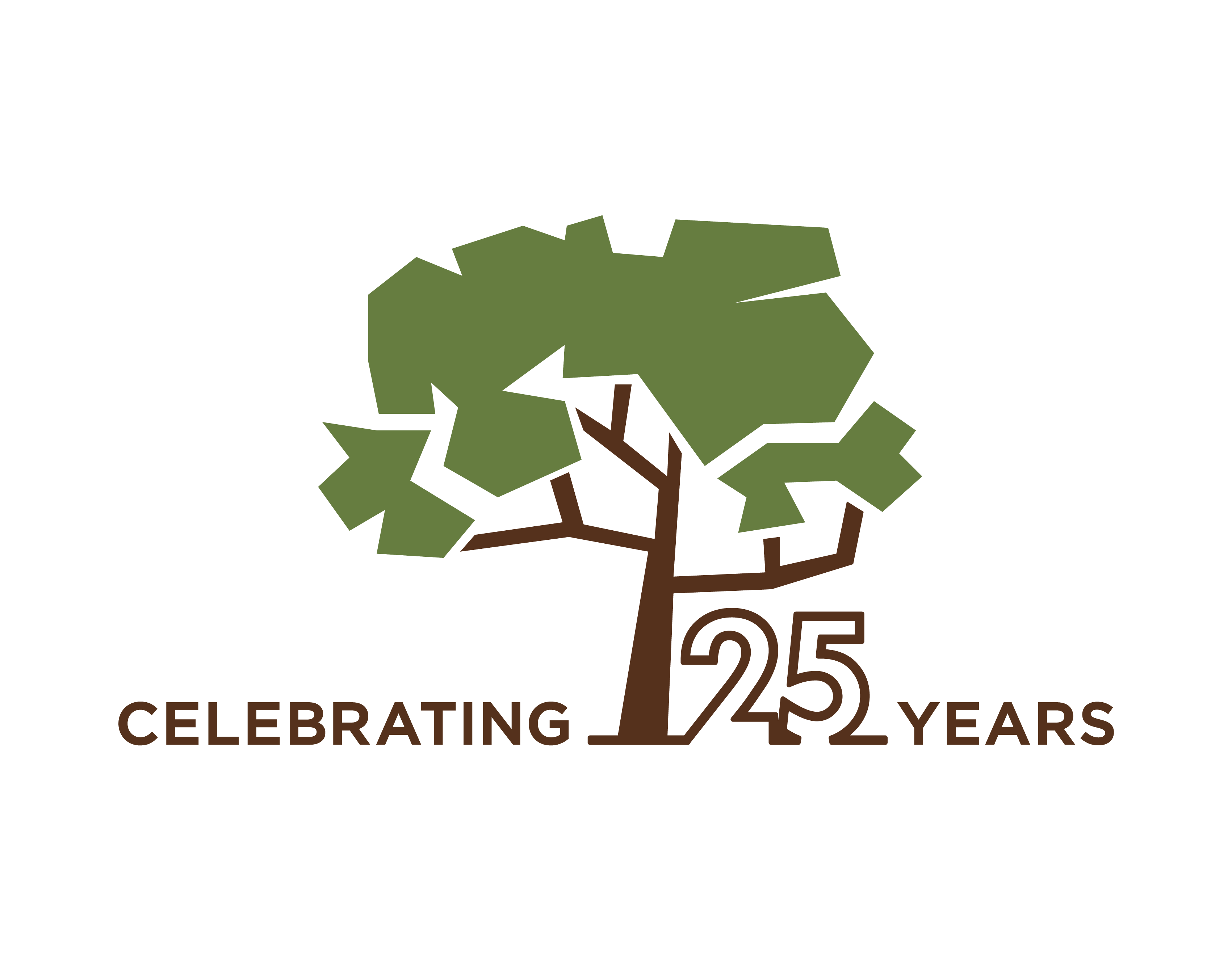Wow, this was not the 25th year we had envisioned. What this year has done is bring us together and has brought to the forefront how important community is for all of us – individually and as a venture firm. The essay below is an excerpt from a book we produced about the history of the firm and Seattle’s growth – it is from the entire Madrona team to the amazing community of innovators around us.
And if you want some history – check out How do You Start a Venture Firm? Here’s Our Story – a Founded & Funded podcast with early Madrona founders and team members telling the story in their own words.
We all have dreams and the power to imagine what might be possible. If you focus on a real need and a real opportunity that appears to be timed right, you might just turn the improbable into the inevitable. Amazon, Isilon, Redfin, Smartsheet, Snowflake, Apptio and many more of our companies did just that.
Anything that is truly aspirational needs grounding in some core principles and beliefs. Words and actions you can live by on a daily basis like curiosity, humility and integrity guide you in both good times and hard times. And, with a little good fortune, you might learn your way into a winning core strategy that can persist for decades and potentially change the world.
At Madrona, our core focus is helping exceptional entrepreneurs and their teams create successful technology companies primarily based in the Pacific Northwest. We roll up our sleeves from Day One and bring a long-term perspective to the company building journey.
At Madrona, our core focus is helping exceptional entrepreneurs and their teams create successful technology companies primarily based in the Pacific Northwest. We roll up our sleeves from Day One and bring a long-term perspective to the company building journey. We also have a mindset that there are immense opportunities to innovate that will persist for decades to come. So, as we help build the next generation of lasting companies, we are trying to build a bigger pie of economic success and opportunity across our entire community.
One of Madrona’s founders, Bill Ruckelshaus, liked to remind us that things never change as much in one year as you expect they will, but they change more in a decade than you could possibly imagine. And, things have changed more since 1995 than we could have imagined. We have moved from hardware to the cloud, from client-server to intelligent software-as-a-service and from PC’s to “always on” smartphones. The changes are immense across many different aspects of technology, business models and societal expectations – but what remains the same is the human element.
We start with extraordinarily talented entrepreneurs – believing in them, supporting them, opening doors for them. And that effort involves the whole Madrona fa mily, inside and outside the firm, to help those entrepreneurs and their companies succeed. Employees at our companies, researchers at the University of Washington and beyond, investors who believe in us, and countless partners in the broader ecosystem; together we are working to build world changing technologies, businesses and communities. After all, in the innovation ecosystem it is still Day One and we believe that will be true for the long run.
mily, inside and outside the firm, to help those entrepreneurs and their companies succeed. Employees at our companies, researchers at the University of Washington and beyond, investors who believe in us, and countless partners in the broader ecosystem; together we are working to build world changing technologies, businesses and communities. After all, in the innovation ecosystem it is still Day One and we believe that will be true for the long run.
The next 25 years…
At Madrona, we have been committed to a consistent strategy for 25 years. We have also foreseen and embraced changes in customers, technologies and society that produced countless breakthrough products and companies. This combination of anticipating change and sticking to core principles is at the heart and soul of Madrona’s plans for the next 25 years.
That means, we will continue to be founder-driven as the next generation comes up with new ideas we can’t even imagine today. For the future founders in our midst, it is your grit, optimism and insatiable curiosity to solve problems better than they have ever been solved before that inspires us. And, that too will never change.
There’s no reliable way to forecast what’s going to happen over the next 25 years. We know from experience we will get some things wrong, but there are a few major trends we can envision. Technology will increasingly be involved with every interaction we have in the physical world, from home to store to vehicles. Devices and sensors will become more ubiquitous and less observable enabling humans and “things” to be constantly connected. Software will be infused with data and machine learning to become “dataware” and augment human intelligence in almost every vocation. Combining DNA, the code of life, with human-generated code will unlock intersections of innovation in the biological and computer sciences previously unimaginable.
One thing is for sure. Nothing can shake our belief in this region’s entrepreneurs to see around corners and build technology that will change the world.
One thing is for sure. Nothing can shake our belief in this region’s entrepreneurs to see around corners and build technology that will change the world. Seattle and the entire Pacific Northwest will be a global powerhouse in technology innovation for decades to come, at a pace faster and more innovative than elsewhere.
So many people including entrepreneurs, investors, community, team and family members have supported us throughout Madrona’s journey. Thank you for your partnership and friendship. We are excited about pioneering, discovering and innovating together for many years to come.
